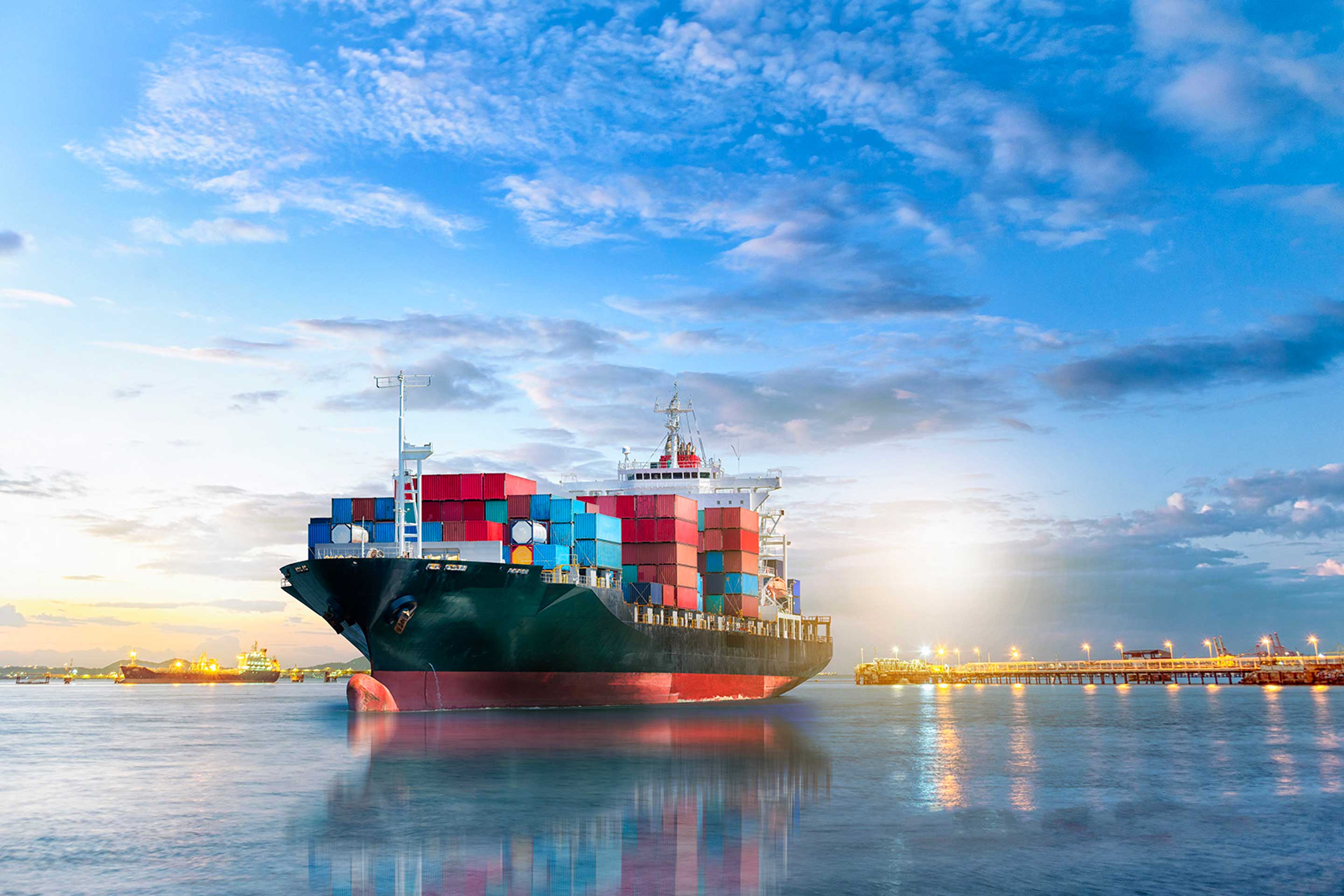Last week, we spoke to ABB Turbocharging’s Raphael Ryser to gain an insight into what the future could hold when it comes to fuels and decarbonization. Raphael spoke in depth about the need for alternative fuels such as hydrogen, ammonia and methane, and this week we’re looking at more of the challenges and solutions.
Raphael is ideally placed to discuss the merits and potential pitfalls when it comes to the application of alternative fuels. As Senior Expert for Turbocharging and Engine Technology at ABB, Raphael recently presented at the Rostock Large Engine Symposium, and has conducted extensive research into the value of turbocharging when it comes to using alternative fuels in large engines.
Why is turbocharging so important when looking at fuels such as hydrogen, ammonia or methane?
Turbocharging makes a huge difference as it provides the necessary amount of air for combustion, helping to control pressure level, air mass flow and efficiency. This is critical with internal combustion engines powered by more traditional fuels, and it’s equally important with the use of fuels such as hydrogen and ammonia, where the air demand needs to be provided in relation with the energy content of the fuel.
Why are we looking at internal combustion engines running on alternative fuels for the marine industry rather than technology such as fuel cells?
It all depends on the application – it makes sense to look at the efficiency curve over the operating range. So, fuel cells offer the highest efficiency at low power, but then, when you go to higher power, the efficiency drops. With an engine it’s the other way around; you have low efficiency at low load, and higher efficiency at high load, so it really depends on the application as to which technology offers the biggest advantages.
Taking cars as an example, most of the time you don’t need much power, and this is where a fuel cell would be most beneficial. With deep-sea shipping, where you leave the port, accelerate and then remain at a particular constant load, the efficiency curve makes engines more suitable than fuel cells.
What about hybrid technology?
While traditional internal combustion engines are likely to remain the power source of choice for deep-sea shipping, albeit running alternative fuels, hybrid technology could play a part in other parts of the marine industry. Tug boats, for example, could take advantage of hybrid technology. When you have a cyclic load, with the need to accelerate quickly and operate for a short time before going back to idle, batteries and electric motors can make a big difference.
However, you also need to think about additional weight, cost, and whether there are more efficient solutions available. When the total cost of ownership is greater, it will often be overlooked.
What’s the best way to come up with solutions for decarbonization – do you collaborate with other parties for even greater expertise?
We collaborate with multiple different parties. We’re currently working on future fuels projects with the University of Graz in Austria, where one of our customers is also involved when it comes to the use of hydrogen on high-speed gas engines. With engineering, we’re also in constant contact with customers to let them know how projects are progressing, depending on their requirements, and also to share details of test materials.
But when it comes to research and development for future fuels, at the moment, we’ll have to wait and see. Based on current technology, our work is simply a tentative first step. From an R&D perspective, we’ll be working alongside other groups and thinking about dedicated solutions at a more advanced level.
How do such collaborations work when it comes to research and development?
For us, it’s important to have a picture of what we want to achieve. We can do studies, such as the paper I presented on alternative fuels at Rostock Large Engine Symposium, and then it’s easier to approach third parties. As a supplier, you always have a bit of an issue in that your product needs to fit the customer’s product, and so development will eventually need to adjust accordingly. With that in mind, it’s crucial for us to start working with customers early on.
It also helps to make an initial proposal. When you work as an engine builder, you don’t know everything about the components supplied externally, so you have to make assumptions about limitations. On the other hand, if the supplier gets in touch early on in the design process and says they have looked at future applications and can offer specific benefits if a product is designed in a particular way, that in turn makes R&D easier for engine builders, which brings value.
So where do we go from here? What’s the next step for ABB Turbocharging, and for the maritime industry as a whole, when it comes to future fuels?
I’d say we need to start early. We need to do some investigations, to reach out to customers and come up with some proposals and possible solutions. We should all be working hand-in-hand, as that leads to the best results. All companies have confidentiality clauses and prefer to disclose the minimum amount of information possible, but when it comes to climate change and the challenge of decarbonization, transparency and collaboration will lead to a considerably better response in return.
The need to act quickly isn’t just about more effective collaboration, either. When we’re working against time, with the clock ticking down to IMO 2030 and IMO 2050, we tend to pick the solution that’s the easiest to realise – and not necessarily the best solution. If we act quickly, we have time to evaluate all the solutions properly, and decide on the best one depending on the application. And in the case of the maritime industry, I think we will probably come to a different solution to those most appropriate for land-based applications. Either way, the sooner we act, the better.














